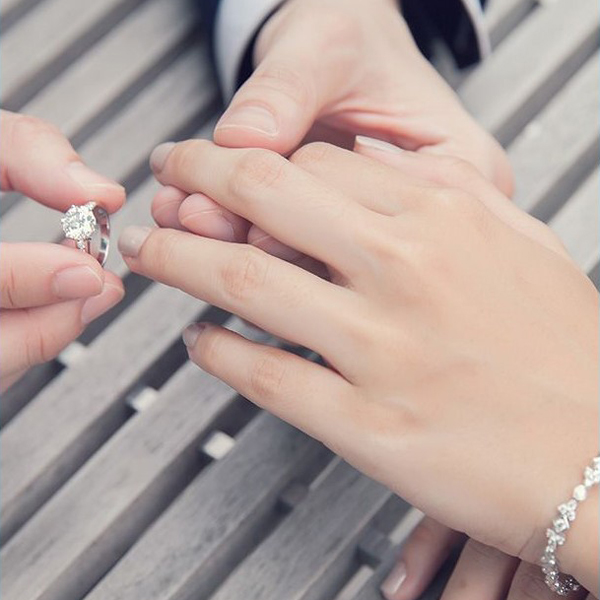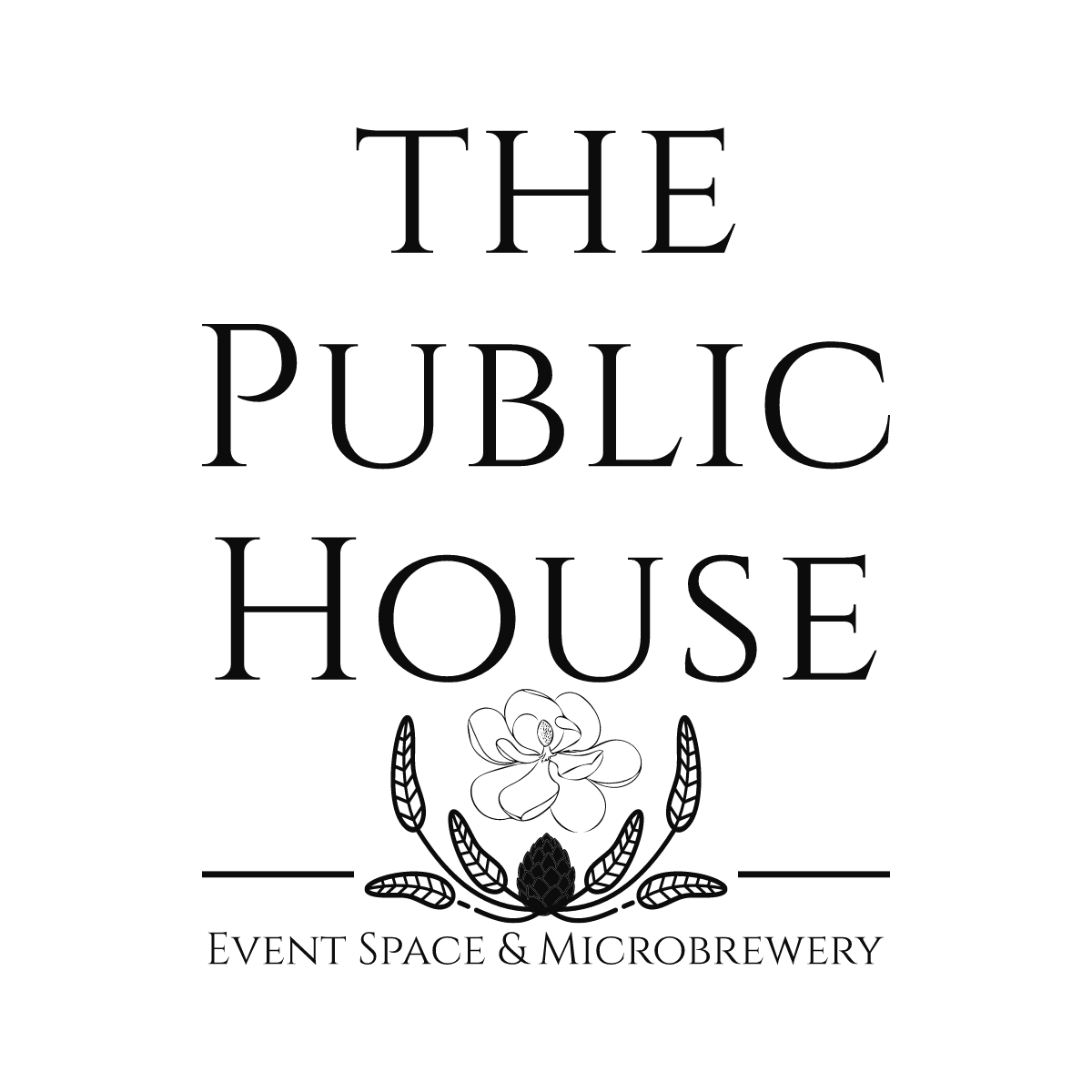
“With this ring, I thee wed.”
Married couples have spoken these words to each other before God and a congregation of witnesses for many centuries. They are rich with covenantal meaning. A bride and groom confess their love for each other and promise to live that love out in their lives together. We sometimes refer to it as “tying the knot,” for the two people bind themselves to each other in the covenant ceremony of marriage. They unite to become one through the promising of the wedding vows. By these vows, the marriage contract is enacted, and the ring is placed on the finger as a binding token of that enactment. The ring becomes a sign of their covenantal union. And wearing that ring on the finger seals, or authenticates, those vows to the married couple for the rest of their lives. From that moment on, the ring lives as a part of each person, always teaching, always reminding, always reassuring, always promising the reality of that covenant relationship.
Anyone who understands the significance of their wedding ring would rather misplace or lose any other piece of jewelry, no matter what the monetary value. Their ring is more precious than the gold it is made of because it is a sign of their priceless covenantal union.
Covenant signs, such as the wedding ring, are physical testimonies of a deeper spiritual relationship. This is just as true for God’s covenant in scripture as it is for the covenant between a man and a woman. The Bible tells us that, through Christ’s death, He has made a “covenant of love,” with His bride, the church. For we are His bride in a greater sense than a woman is the bride of her husband. This covenant is commonly referred to as the covenant of grace, and in establishing it Christ gives His bride not the sign of a ring, but rather the two sacramental signs of baptism and the Lord’s Supper. These two signs communicate and confirm the reality of Christ’s covenant to His church. Saint Augustine said that these sacraments of Christ’s covenant are “A visible form of an invisible grace.” Like the wedding ring, they are always teaching, always reminding, always reassuring, and always promising. The sacrament of baptism signifies our entrance into Christ’s covenant: “For as many of you as were baptized into Christ have put on Christ” (Galatians 3:27). And the sacrament of the Supper signifies our communal participation in that covenant: “The cup of blessing that we bless, is it not a participation in the blood of Christ? The bread that we break, is it not a participation in the body of Christ?” (I Corinthians 10:16). Do we think of baptism and the Lord’s Supper as sacramental signs flowing from Christ’s covenant of love? We should, for they are gracious tokens of the faithfulness He pledges in His covenant promises. Like our wedding ring, these signs should hold a special value to us, for they bring the reality of the covenant closer to our hearts and minds. As we become partakers of them, we should search for the deeper meaning of their outward symbolism—our precious union with Jesus.
The importance and beauty of entering this covenantal union with our Savior is the overarching message of scripture. The Apostle Paul speaks of Christ’s “covenant of love” frequently in his letters. And on the occasion of its institution, Jesus spoke of accomplishing the covenant as the ultimate purpose of His earthly ministry. He told His disciples He came to suffer and die, and that death would secure the blessed union the bread and the cup symbolize. In this blessed union, we become one with Christ and are given a new identity in Him. In the seventeenth chapter of John’s gospel, Jesus prays that His bride “may all be one” in Him, “just as you, Father, are in me, and I in you, that they also may be in us” (John 17:21). Do we think of our relationship with Jesus in these terms? He has entered a covenant with us as our Bridegroom and we have become one with Him. This covenant brings us into the beautiful marital bliss of a communion with our Creator and Redeemer. By being “in Christ,” we are given all that is His. We are given His righteousness, His forgiveness, His peace, His redemption, His resurrection and life (Ephesians 1:3-13). And so, we enter a rest as we enter into this marriage. We rest from our own strivings and performance. We rest from our failures and our brokenness. And we rest from the judgment and anger of a Holy God. For in our blessed union with Christ, we find that we are now accepted in the Beloved (Ephesians 1:6).
This covenant of grace is the salvation God’s bride has always rested in, not only in the New Testament, but through all of time. The writer to the Hebrews tells us that Moses, who lived fifteen hundred years before Jesus ever walked the face of this earth, “considered the reproach of Christ greater wealth than the treasures of Egypt” (Hebrews 11:26). And Paul tells us that 430 years before the law was given by Moses, this covenant of Christ was already confirmed to Abraham, the father of faith (Galatians 3:17). It is in this one covenant of love that Abraham and all the children of faith, through all of time, place their hope and trust. When Christ told His disciples he came to accomplish the covenant, He was referring to this 2,000-year-old promise made to Abraham. For two millennia the children of faith waited for this promise to be fulfilled by the coming Messiah. And on the night Jesus said, “This cup that is poured out for you is the new covenant in my blood” (Luke 22:20), the Messiah was fulfilling His wedding vows. Therefore, in this covenant of Christ, we see the beautiful connection between the Old and New Testaments, for they are both testaments of that one covenant of love. The Old Testament anticipated the wedding to come and the New Testament details and celebrates the fulfillment of the marriage contract through the death and resurrection of Jesus.
We saw in last month’s article that this beautiful connection between the Testaments extends even to the covenant signs. During the time of the Old Testament, the Passover meal served the purpose of prefiguring (in a shadowy form) the truth the Supper now signifies with much greater clarity. But since the Passover meal took place long before Christ came, that truth was foreshadowed in the lamb that was slain. The Passover meal and the Supper connect with one another, for they are the same sign for different stages of our beautiful covenant relationship with Christ, not unlike the engagement period compared to the marriage. Christ’s covenant now exists in its accomplished state, but prior to His death, the covenant was yet to be consummated. And so, during the time of betrothal the signs took a different form. The Lord’s Supper took the form of the Passover meal and baptism took the form of circumcision. For as the Passover meal was the sign of participation in the covenant, circumcision was the sign of entrance into the covenant. As the Apostle Paul tells us in his letter to the Romans: “Abraham received the sign of circumcision as a seal of the righteousness that he had by faith” (Romans 4:11).
These two Old Testament signs signified that the covenant was yet to be fulfilled. Like the sign of an engagement ring, they promised a greater relationship yet to come. Because of this connection, the covenant signs give us contact points between the Old and New Testaments. And by connecting those signs we gain a fuller understanding of Christ and the covenant of love He has made with us.
As children, we all enjoyed the game of connecting the dots. We drew lines between a sequence of numbered dots which at first made no sense to us. By the time we finished the game we had created a beautiful picture we didn’t know was there. In the same way, scripture would have us connect the signs between the Testaments. As we view the Old Testament through this lens of Christ’s covenant, it will bring much of the Old Testament to life for us in a new way. We will begin to see a picture in the Old Testament we didn’t know was there. We will begin to see the truth that, not only was the Passover lamb Christ, but that the rock Moses struck to give water was Christ, and that the temple, the meeting place with God was Christ, and that the bush which burned and yet was not consumed was Christ. And so many more. As we connect the dots, we find that the scripture creates a beautiful picture of Christ, both Old and New Testament.
Isn’t it time we start connecting the dots between the Testaments? God has given us the signs to teach us that from the very beginning God made the wedding plans of His Son to His bride, a bride which has been gathered throughout all the ages: those whom He has redeemed with His love.
“Now all these things happened to them as types, and have been written down for our admonition, because we live in a time when all these things of the past have reached their goal” (I Corinthians 10:11).












